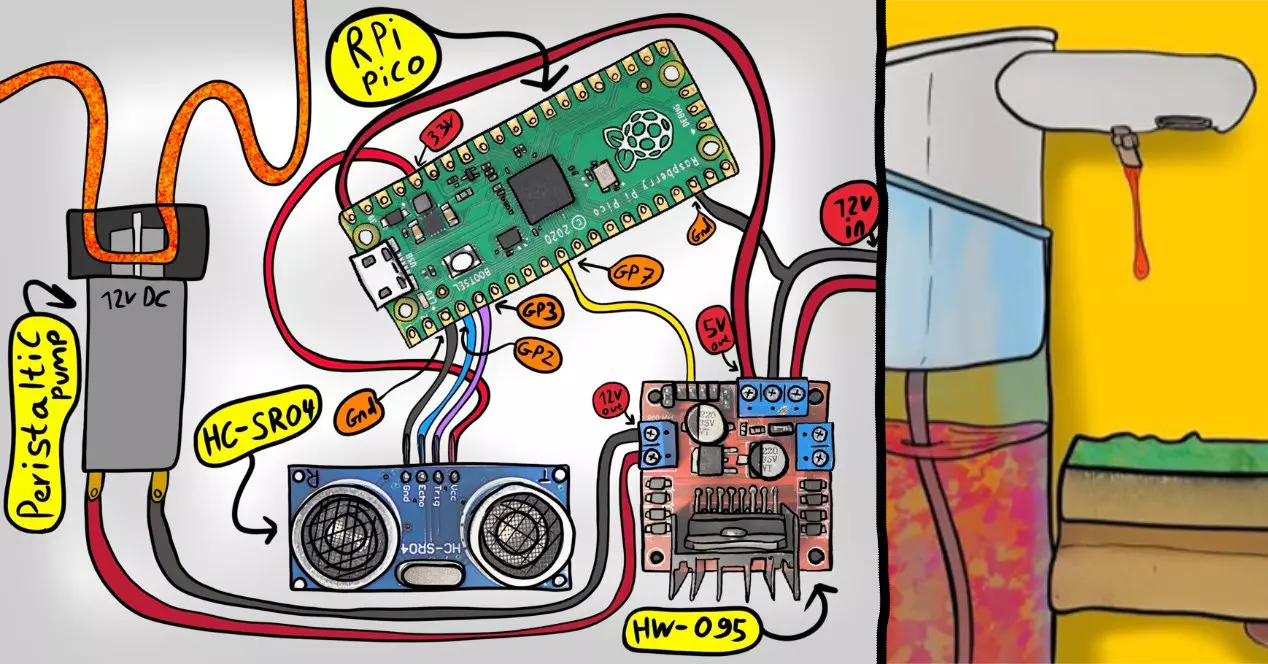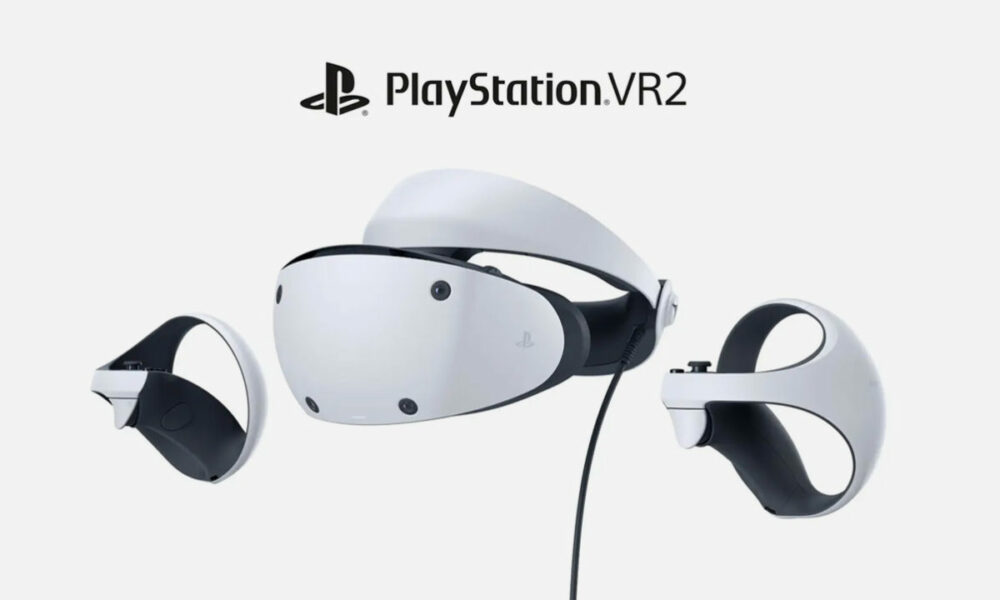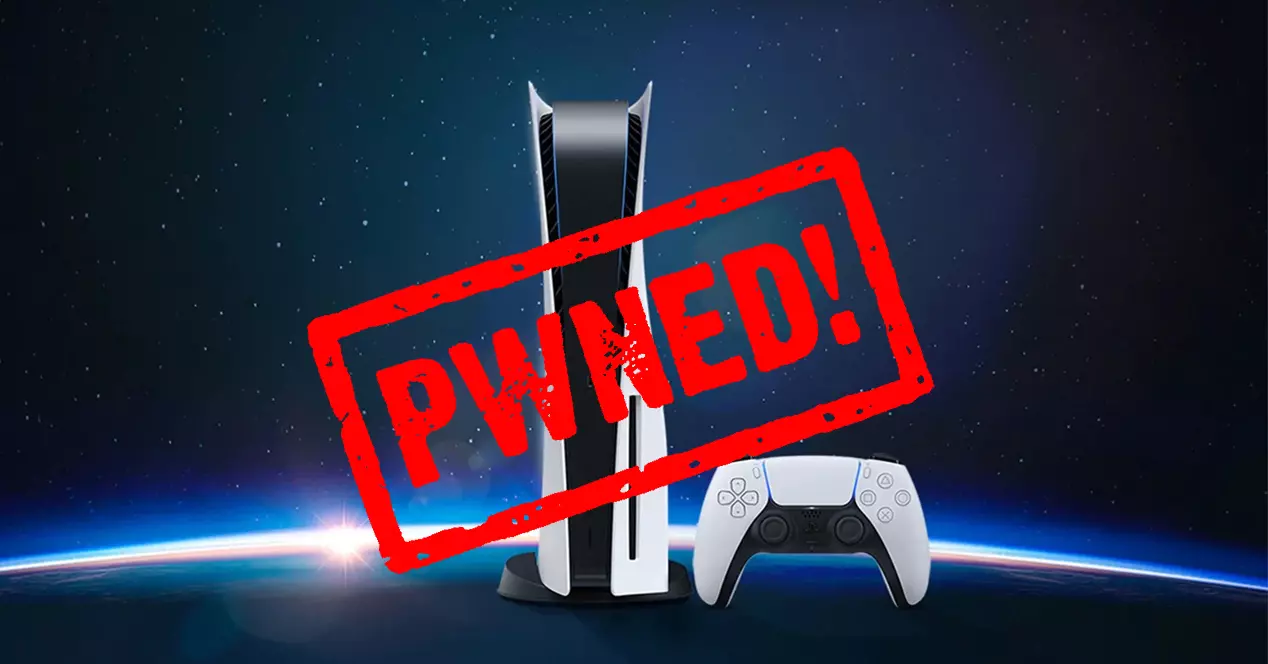
LLED lighting has been creeping, little by little but steadily, into the PC ecosystem. Not so long ago, the offer of components and devices that made up this hallmark, so typical of the world of gaming, could almost be counted on the fingers of one hand. Thus, the common response was surprise and rejection, with only a few defenders of this new visual paradigm, in which what was once the exclusive territory of boring beige (let’s admit it, with few exceptions, until the arrival of the iMac the appearance of the average PC it was very, very boring).
Today this has changed a lot. A quick glance at any retailer of computers, components, peripherals and other devices is enough to see that RGB LED lighting is very, very present, and that everything indicates that this will continue to be the case in the near future, to the point that something that at the time was typical of the world of gaming, has made the leap to the domestic environment, in which many private users enjoy complex lighting schemes (some truly hypnotic) either to play, to check their expenses in Excel or to catch up on current events on the Internet. And no, I’m not ashamed, I’m one of them, more specifically one of those who initially renounced LED lighting, but now want it in as many elements as possible.
At Microsoft, obviously, they are aware of the importance that LED lighting has gained in personal computers, and Some time ago they got down to work. As a result of this, last February we told you that they were testing a native control system from Windows 11 for this lighting, and a few days later we discovered how it could be activated and tested, as long as you were in the DEV channel of the Windows program. Insiders.
Now, as we can read in TechPowerUp, this is already much closer. In fact, it is claimed that Dynamic Lighting, the LED lighting control feature, is coming to Windows 11 Insiders in preview mode later this month. With this function, Microsoft attacks the problem of fragmentation in terms of lighting control applications, which means that, in the event of having components and devices from various manufacturers, we will have to use the application of each one of them. them independently, rather than having unified control.
The possibilities of Dynamic Lighting are very interesting, since if it is the operating system itself that centrally manages the LED lighting of components and peripherals, it should be possible not only make it act in unison, but also synchronize it with certain events and actions of the operating system and its applications. In addition, for those who prefer to minimize the volume of software installed on their PC, it will save them from having to install the applications specific to each element for lighting management.
On the other hand, we cannot ignore that each device is a world, and that probably only the applications of its manufacturers will be able to get the most out of it (at least in the principles of Dynamic Lighting), so there will be many users who will prefer to continue using their own software, especially if they have chosen to equip their system with elements from a single manufacturer. In this regard, proposals such as the CORSAIR iCue are undoubtedly an example.




